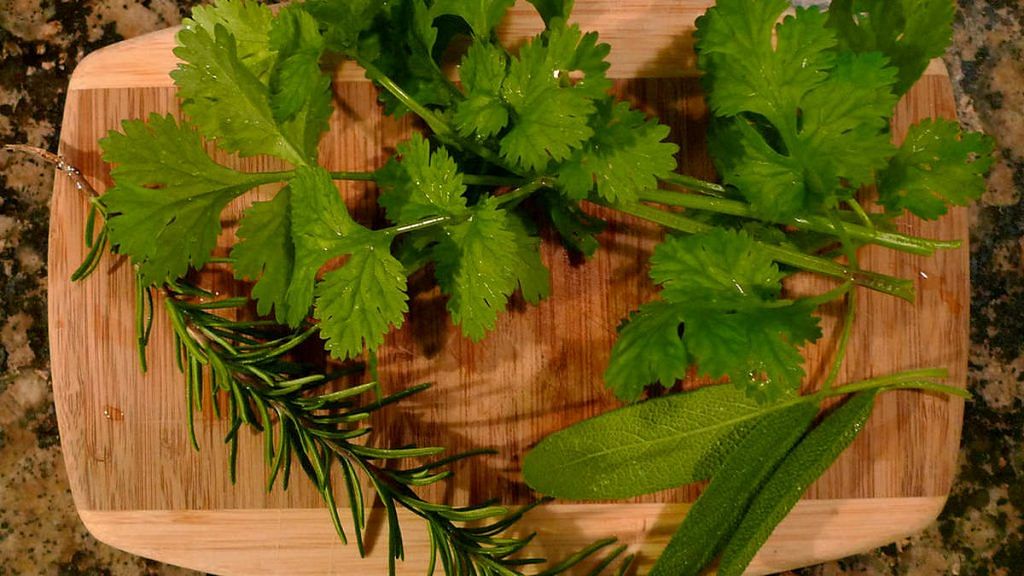New Delhi: Siddha — the traditional Tamil system of healing that diagnoses patients purely by reading the pulse — seems to be gaining popularity across the country.
Government data presented in the Lok Sabha Friday by Shripad Yesso Naik, Union Minister of State in the Ministry of AYUSH, showed that over 2,000 patients visited the premier National Institute of Siddha (NIS) in Tamil Nadu every day in 2018-19.
Other Siddha hospitals and institutes in the country are also registering high footfall, according to the ministry’s data.
Naik said in a written reply that the NIS gave consultation and treatment to over 7.8 lakh patients in its out-patient department (OPD), an average of 2,160 patients per day.
On the other hand, top Delhi-based hospitals like AIIMS and Ram Manohar Lohia Hospital — which offer modern allopathic treatments — saw 7,000 to 8,000 OPD patients daily last year.
The minister told the Lok Sabha that even bed-occupancy was high at NIS. “During this period, in the 200 bedded in-patient facility, 55,723 bed-days were recorded, resulting in 76 per cent bed-occupancy (sic).”
Bed-occupancy in AIIMS and other top allopathic hospitals across the country was 100 per cent in 2018-19, he added.
Also read: AYUSH ministry wants to make yoga asanas a sport, perhaps even an Olympic event
What is Siddha?
The word ‘Siddha’ comes from the Tamil word ‘siddhi’, which means “an object to be attained” or “heavenly bliss”.
It is a therapy based on the principle that “a healthy soul can only be developed through a healthy body”, which is achieved by intense yogic practice, periodic fasting and meditation.
Popular mainly in southern India, Siddha is “one of the earliest traditional medicine systems in the world that treats not only the body but also the mind and the soul”, according to the AYUSH ministry.
However, Siddha, which uses a combination of herbs, minerals, metals and meditation, hasn’t been promoted aggressively by the Narendra Modi government as Ayurveda, yoga and sowa-rigpa, the Tibetan healing system.
There are eight Siddha research institutes in India — three in Tamil Nadu and one each in New Delhi, Puducherry, Kerala, Karnataka, Andhra Pradesh.
96% patients will recommend Siddha treatment: govt survey
Naik said some studies have been conducted to identify the advantages of the Siddha healing system.
One of them, conducted by Puducherry-based Siddha Regional Research Institute — covering 500 patients who came to its OPD — found that “around 63 per cent of the respondents preferred Siddha treatment of medicine” over others.
The minister said that “96.39 per cent of the participants have stated that they will recommend Siddha treatment and medicine for others”.
Govt aggressively promoting sowa-rigpa
The Modi government had last year included sowa-rigpa into the acronym AYUSH where ‘S’ represents both Siddha and sowa-rigpa. The other alphabets stand for Ayurveda, Yoga and naturopathy, Unani and Homoeopathy.
The Prime Minister’s Office has been extremely keen on promoting sowa-rigpa, which is one of the oldest and most well-documented medicine systems in the world.
On 20 November, the Union cabinet approved the upgrading of the National Research Institute of Sowa-Rigpa into a full-fledged National Institute of Sowa-Rigpa.
Also read: Modi govt now plans to promote traditional Tibetan medicine system Sowa-Rigpa
